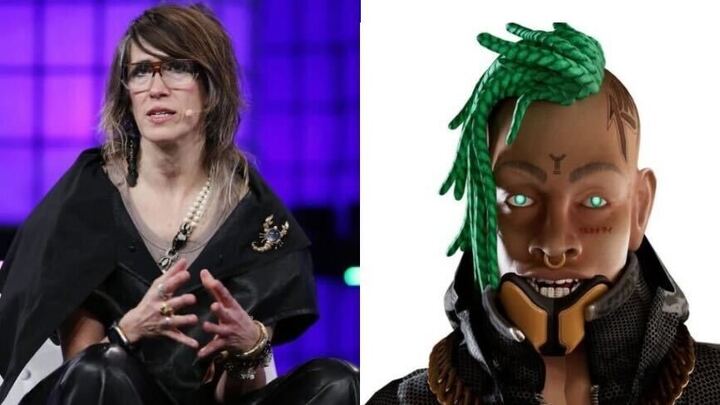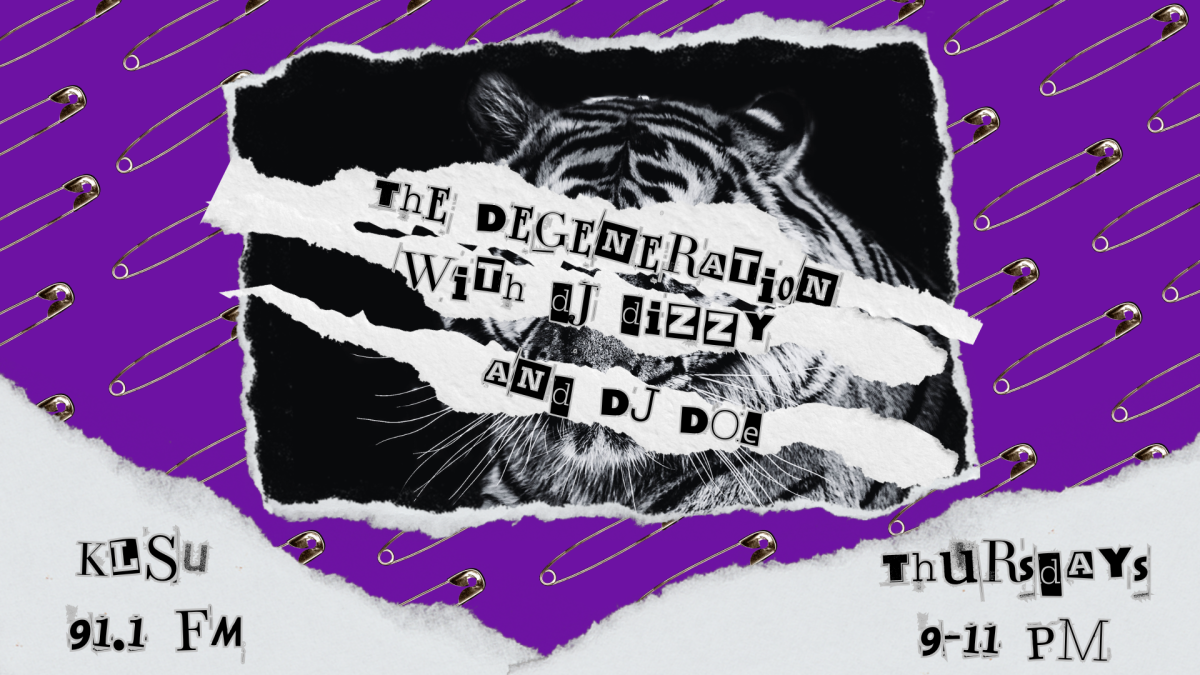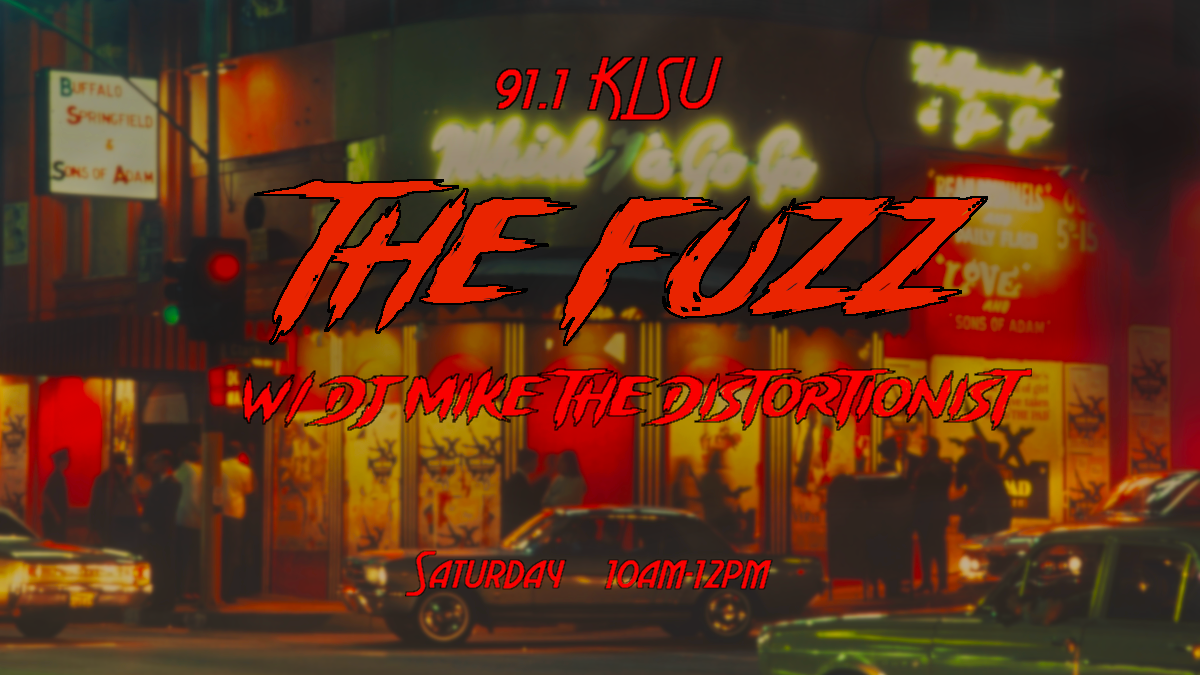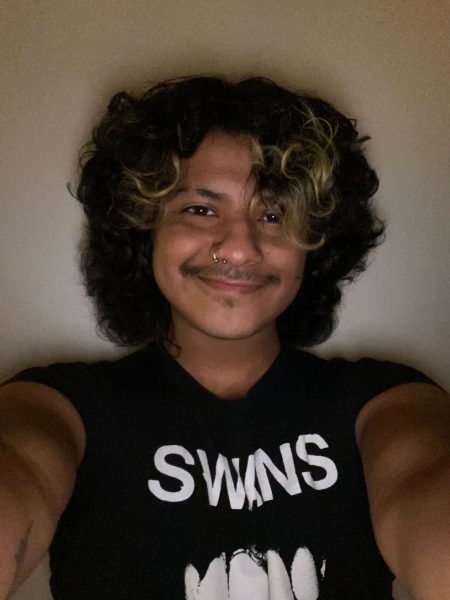There are very few topics as controversial in the modern music world as the use of AI. The proliferation of artificial intelligence has proven to be troublesome for the artists who fear auto generated art, however flawed it may be, may overtake the demand for hand drawn authenticity and leave them out of a job. The presence of AI in music predates the mainstream issues that have arisen in the 2000s and goes back to the 1950s-1960s. These past five years, however, audiences and artists alike have been watching as the influence of AI grows on the music they consume, which has consistently been met with mixed reactions.
Undoubtedly one of the biggest dangers that AI poses for the music industry is in its relatively easy manufacturability with little to no involvement from creative voices or producers. This makes AI ripe for abuse from companies all too eager to push out music that boasts the usage of latest technology, even if it comes with the price of a soulless end product. As is expected with the emergence of any new technological advancement for entertainment, its commodification by corporations has only resulted in a large swath of opponents who have become increasingly absolutist in their intolerance of AI in all art forms. Combined with its heavy consumption of energy and water raising environmental concerns, the growing presence of AI in popular culture has been the subject of severe backlash.
We don’t need to look far back to see this misuse occurring, as it was only in 2022 that we saw egregious examples of musicians such as the controversy with infamous virtual rapper FN Meka. Though this virtual rapper had actually emerged back in 2019, it wasn’t until its signing under Capitol Music Group that questions about AI generated lyrics arose on a wider scale due to reliance on predominantly black stereotypes in both lyrical content and the caricature the artist portrayed. This led to a dismissal from Capitol Music Group not even two full weeks after it was signed to the label, a small victory for critics of AI in music to savor in the face of its increasing presence in popular music.
A more recent example of tasteless AI usage was with Drake’s “Taylor-Made Freestyle” dropped in late April of last year. In the midst of a heated back-and-forth rap beef with fellow hip-hop superstar Kendrick Lamar, Drake saw fit to release a track which used AI to replicate the voices of both prolific rapper Snoop Dogg and the late legend Tupac Shakur. As expected, the use of a revered, deceased rapper’s vocals in an uncanny manner without permission from Shakur’s estate was subject to harsh condemnation from listeners and critics alike; to the point where it arguably pushed Kendrick to release “euphoria” on April 30th of last year. Ironically enough, Drake’s own popularity in modern hip-hop has made his voice subject to AI usage as was the case with the track “Heart on My Sleeve” released by ghostwriter977 in 2023, which used vocal deepfakes of both Drake and The Weeknd on top of original compositions and lyrics.
As noted before, AI’s use in music predates the past two decades of music and has been experimented with for quite some time. However, its use was mostly relegated to research teams in academic environments and experimental music laboratories attempting to recreate compositions found in classical music. The piece “Illiac Suite for String Quartet” produced in 1957 was done using the ILLIAC I (Illinois Automatic Computer) programmed by composer Lejaren Hiller and mathematician Leonard Issacson to create a fully computer-generated musical composition. Decades later in 1997, the artificial intelligence program named Experiments in Musical Intelligence (EMI) managed to outdo a human composer in making a composition that recreated the sounds of Baroque composer Johann Sebastian Bach, which would later serve as the development grounds for another computer program named Emily Howell after its designer.
While these cases were significant in showcasing the efficiency of automated programs and artificial intelligence in composing new pieces of music compared to human composers, the accessibility and easy-to-use nature of modern AI software has deviated away from a desire to engage in thought-provoking experimentation, and more towards a means with which to remove artists from the creative process in favor of more creatively bankrupt songs. This, along with the previously mentioned issues, prompts critics to ask if there’s any room left for ethical or non exploitative usage of AI in music. It’s not uncommon for anti-AI listeners to have taken on a fatalist mindset and proclaim the beginning of the end of authenticity in music, soon to be replaced in its entirety by automated programs whose idea of composition is stitching together bits of popular music in a jagged patchwork of a song based on trends mapped out by data. Such concerns, while earnest and well-meaning, must also take into account the various ways in which creatives are implementing the technology to create unique sounds rather than replace pre-existing musical identities.
A visionary in electro-pop who is once again being celebrated for her groundbreaking work in the 2000s-2010s, Imogen Heap remains committed to sonic experimentation both in and out of her musical output. Always looking forward to the future of music technology, she’s embraced the technology to develop her own AI vocal model, ai.mogen, for both her use and usage from smaller aspiring artists. From her solo acclaimed record Speak for Yourself to her collaborations with Guy Sigsworth in the electronic duo Frou Frou, Heap has provided the groundwork for electronic pop artists like Caroline Polachek, FKA twigs and even Ariana Grande.
The origins of ai.mogen dates back five to six years ago as a chatbot powered by fans. With further development and her use of it in a remix of Slovakian pop artist Karin Ann’s single “false gold”, Heap designed a model that utilizes her voice as an instrument to produce sounds previously unheard of. Her hopes are that the technology can come with various safeguards to avoid misuse of her voice for hateful content as well as ensuring that songwriting credits are properly attributed to her. Her collaborative attitude towards both fans and artists also inspires her to encourage other musicians to experiment with their own vocal models in a way that ensures privacy, creativity, and proper crediting of an artist’s role in a composition made using their AI voices. As expected from the technologically progressive artist, she acknowledges the downsides and potential for abuse from large music labels that AI faces, and she combats them with her optimism and confidence in her ability to further develop safeguards to make sure that these AI voice models are used appropriately as a means to inspire new artists to take new directions for themselves rather than as a substitute for substance. Of course, Heap is not the only established artist known for experimentation that has taken a liking to the potential of AI.
Commonly regarded as one of the most creative, talented and influential artists in art pop of the last four decades, Icelandic pop sensation Björk wouldn’t be as renowned by critics and listeners today were it not for her bold approach to innovation and her championing of new technologies even as they face harsh criticism. This rings true today in the modern music world, as the experimental pop icon has seen fit to help create “Nature Manifesto” with photographer Aleph Molinari and visual artist Anohni. The work is a sound installation in the Centre Pompidou in Paris, France which utilizes generative AI to recreate the sounds of extinct and endangered animal species to point towards a future of unknown biodiversity that pulls from the past while optimistically awaiting the new species that shall arise even in the face of climate change and other ongoing environmental damages.
For the majority of her career, Björk has been an outspoken advocate for protection of the environment amidst overfishing and growing concerns surrounding climate change. Her albums Volta (2007), Biophilia (2011) and Fossora (2022) have all addressed her environmental concerns lyrically and conceptually, and her “Nature Manifesto” sound installation is another means with which she hopes to instill wonderment and hope within audiences about the species now gone, in danger of extinction and those yet to come. Similarly to Imogen Heap, Björk’s experiment was not without criticism from anti-AI listeners who noted the confusing nature of a pro-environment installation using technology that has been purported to be damaging to the environment due its mass consumption. Her response was one that called for further research from both listeners and herself into “frugal AI” that does not rely on such harmful methods of energy usage, and she makes sure to clarify that much of the mixing of animal cries with her own vocals and AI generated sounds was overlooked and manually chosen by herself. This method of AI usage suggests a more hands-on approach of the technology that helps to foster creativity with new sounds that evoke unknown landscapes.
With all this being said, my intent is not to downplay the concerns raised by AI opponents or to suggest that they are ill-informed. I’d argue that such criticisms are not only welcome but indeed necessary to ensure that this technology is not subjected to more abuse than it has already undergone. However, what I must emphasize is that, like the phenomenon of sampling in hip-hop and the invention of the vocoder before it, AI is currently undergoing a highly critical period in its presence in popular music that frames it as the death of innovation. Both sampling and vocoders have managed to not only overcome such criticisms, but they’ve been employed in such creative and inspiring ways that they end up enhancing both the specific pieces of music they are featured in and the musical medium at large. In this sense, music in AI holds potential unique from the issues it raises for drawn art. Rather than replacing the artistic endeavors of creators with uncanny resemblances, AI in music could potentially represent a new future in which new sounds arise from visionaries who promote imagination, proper usage, and genuine concern for the development of art that continues to innovate more than it imitates.







